The new satellite, which will become the main orbital instrument, is in excellent shape for monitoring sea-level rise. Just three weeks ago, Sentinel-6 “Michael Freilich” was introduced, and it is already mapping ocean features in exquisite detail.
A joint venture between Europe and the US is the dog kennel-shaped spacecraft.
In a sequence of missions that have been calculating sea-surface height since 1992, this is its latest version.
These earlier satellites have shown unequivocally that oceans are rising globally over the 28-year period at a rate of over 3 mm per year with an increasingly evident in the last decade.
Officials of the space agency published sample data on Thursday to demonstrate progress in commissioning Sentinel-6 and its main altimeter payload of observation.
This is an instrument that fires pulses down to Earth from the microwave and then counts the time it takes to absorb the return signal, turning it into an elevation.

The data is usually viewed as a “waveform” in which the strength of the return signal traces the height and roughness of the sea surface (wave height and wind speed).
But sample data was given special processing for Thursday’s mission update to create an image that would be more identifiable to the lay observer.
A coastal lagoon in northeast Russia, a place is known as Ozero Nayval, was the goal.
The Sentinel-6 altimeter was able to pick out surface details in this area that could never have been observed by versions of the instrument flown on the earlier satellites.
Partial ice cover in the lagoon, small wetlands, a nearby river, and wave activity immediately offshore included these data.
“This is the best altimeter in space – no question,” Dr. Craig Donlon, the Sentinel-6 mission scientist at the European Space Agency, told BBC News.
“This image is a super demonstration of the fidelity of the radar altimeter and the ultra-low noise of the instrument’s digital back end. It’s very beautiful, very coherent. In a noisy altimeter, you wouldn’t see hardly anything.”
One of Sentinel-6’s great promises and its new high-resolution capabilities is that it will explain what is happening right up to shorelines at sea levels.
Because of the effect of local winds, river outflows, and the shape of the seafloor, the behavior next to the land can vary from what happens further out to the sea. But it’s right on the coast, of course, where so many people live.
Of the 23 global mega-cities, fifteen are situated on the coast.
Indeed, up to two times faster than inland areas, coastal regions are evolving and urbanizing. Sentinel-6 is currently being relocated to a position 1,336 km above the surface of the Earth where it can track 30 seconds behind its predecessor satellite, Jason-3.
The aging Jason-3 platform will be relocated to a separate path once their altimeters have been cross-calibrated, and Sentinel-6 will assume the lead measurement role, a task it will perform before a follow-on Sentinel is launched in five years’ time.
“Sentinel-6 can really help us to detect early on which sea-level rise scenario we are heading for,” said Dr Jochen Hinkel, a senior researcher at the Global Climate Forum and a member of the UN’s Intergovernmental Panel on Climate Change.
“This can help us to a better time and also more efficiently design coastal infrastructure. This will save us billions of US dollars per year.”
Source: BBC

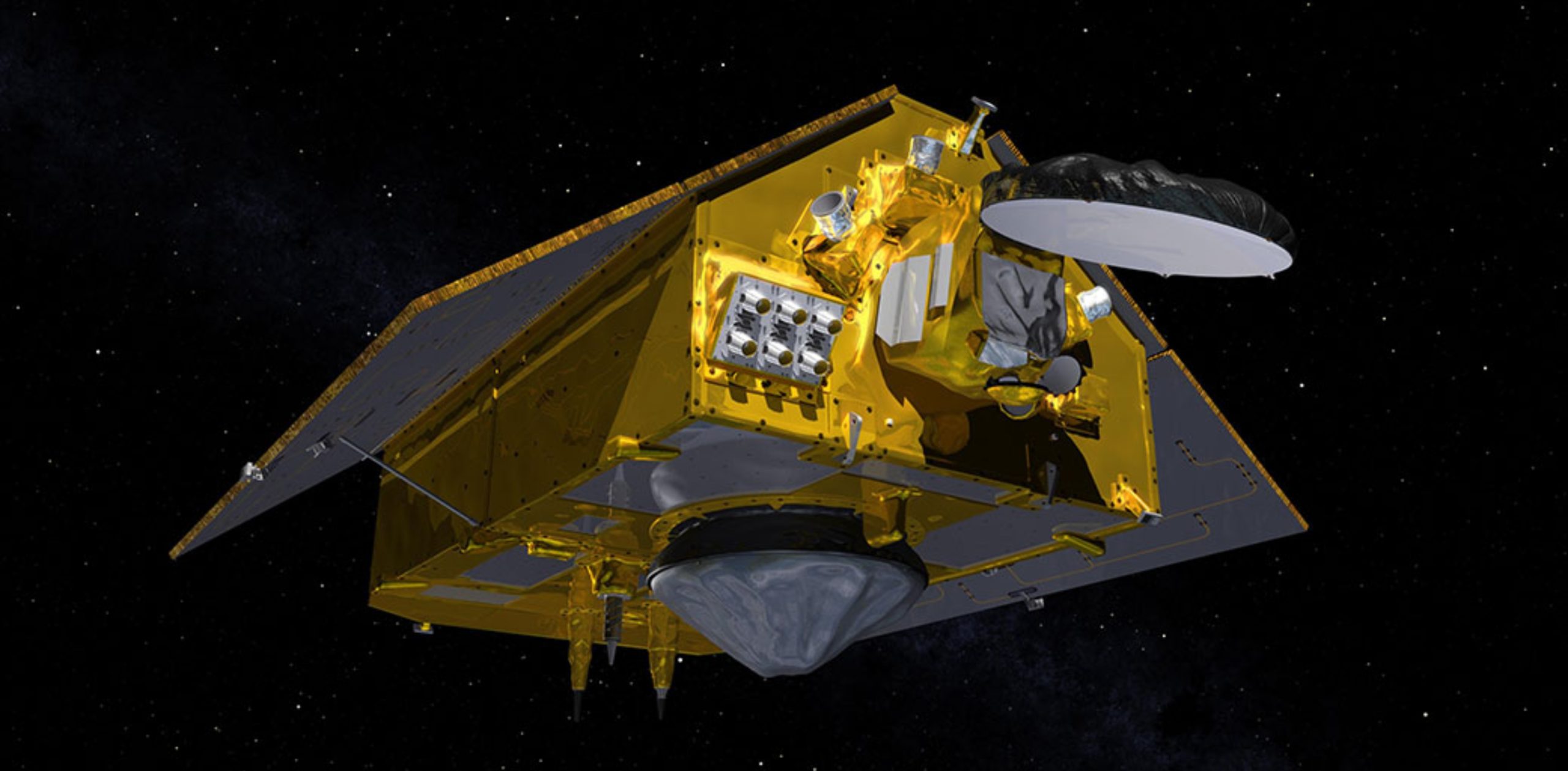


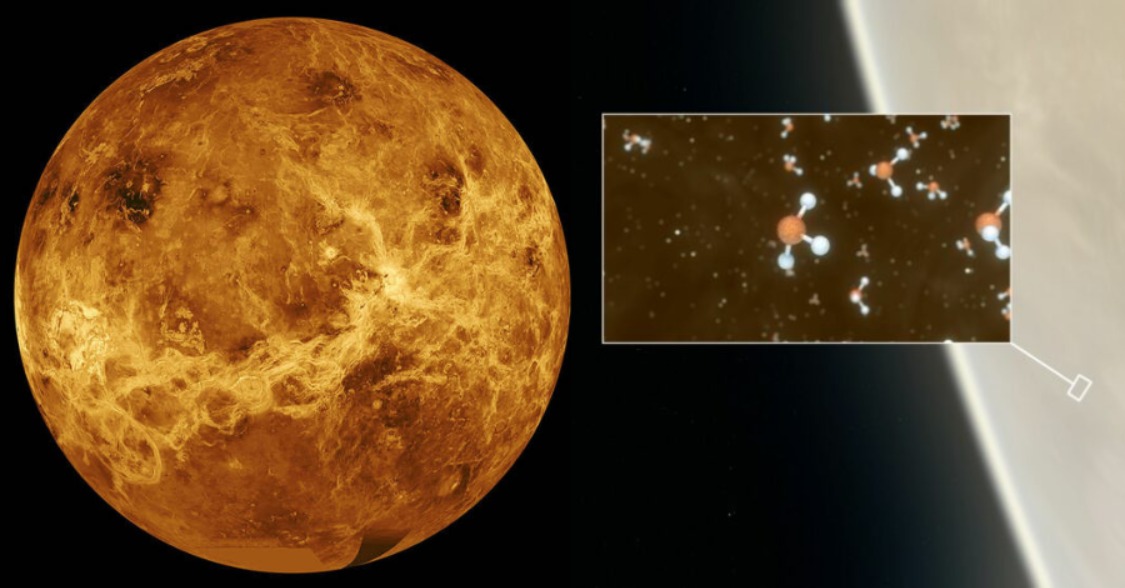
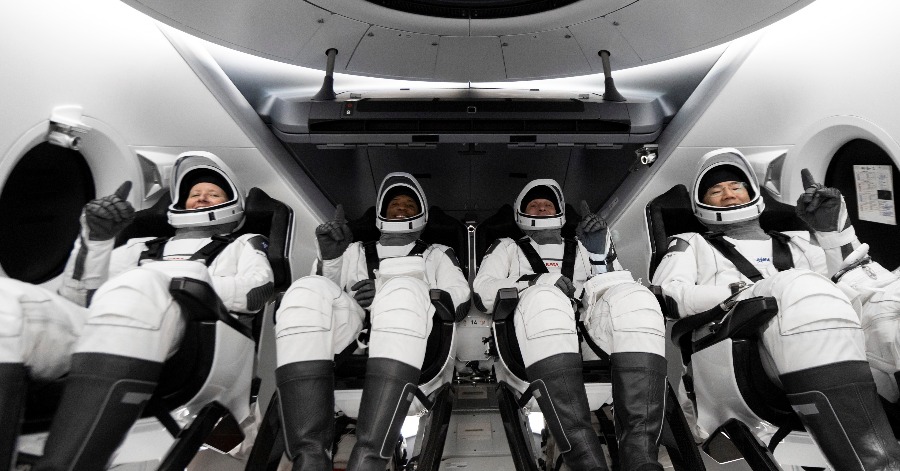
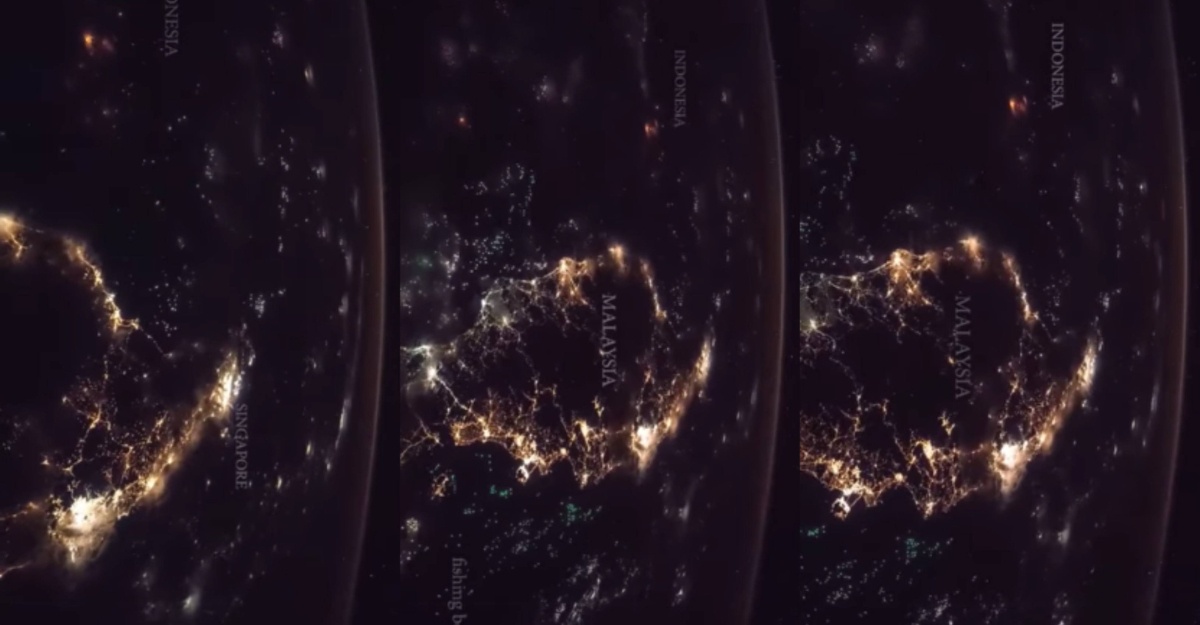
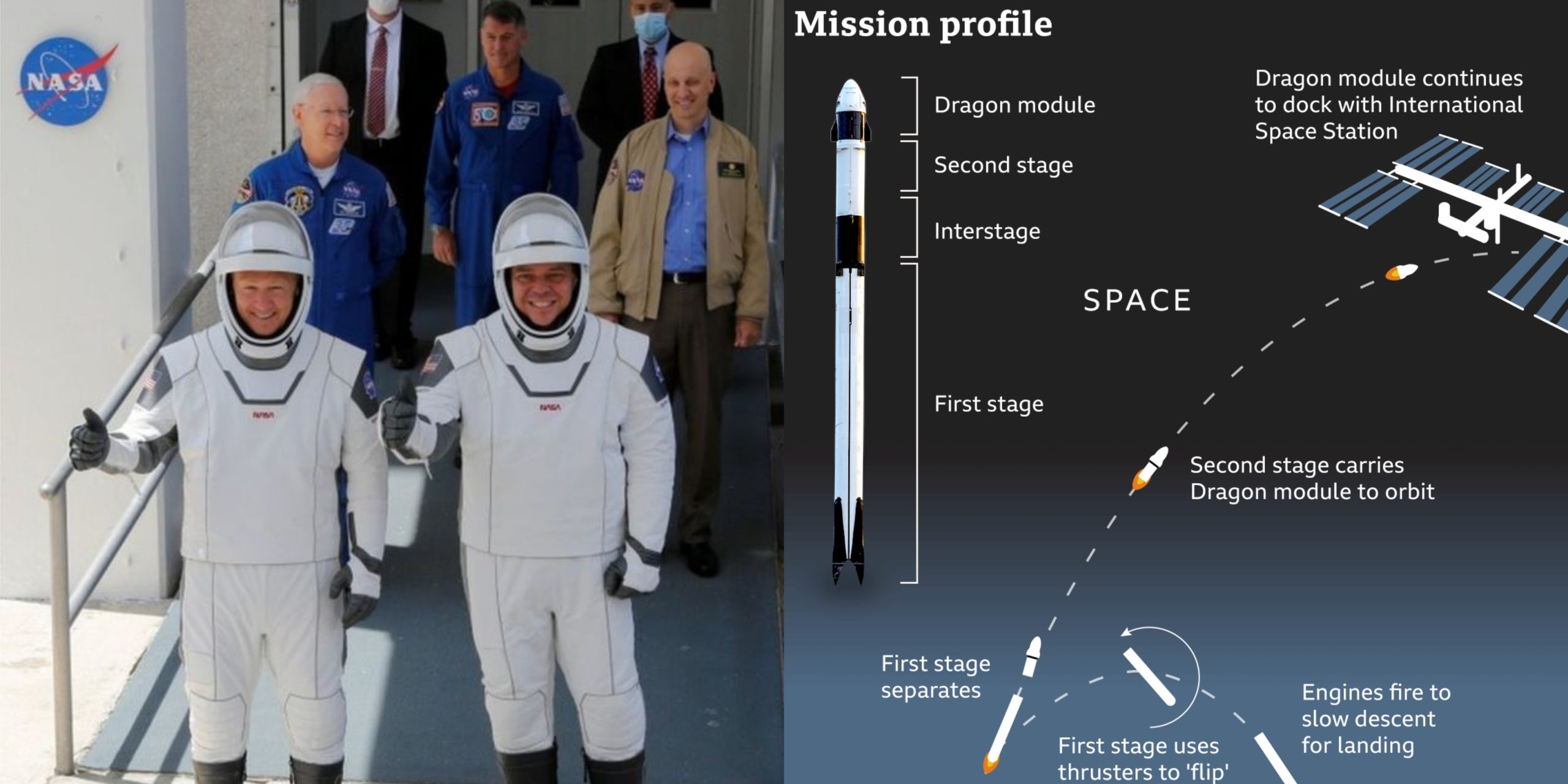
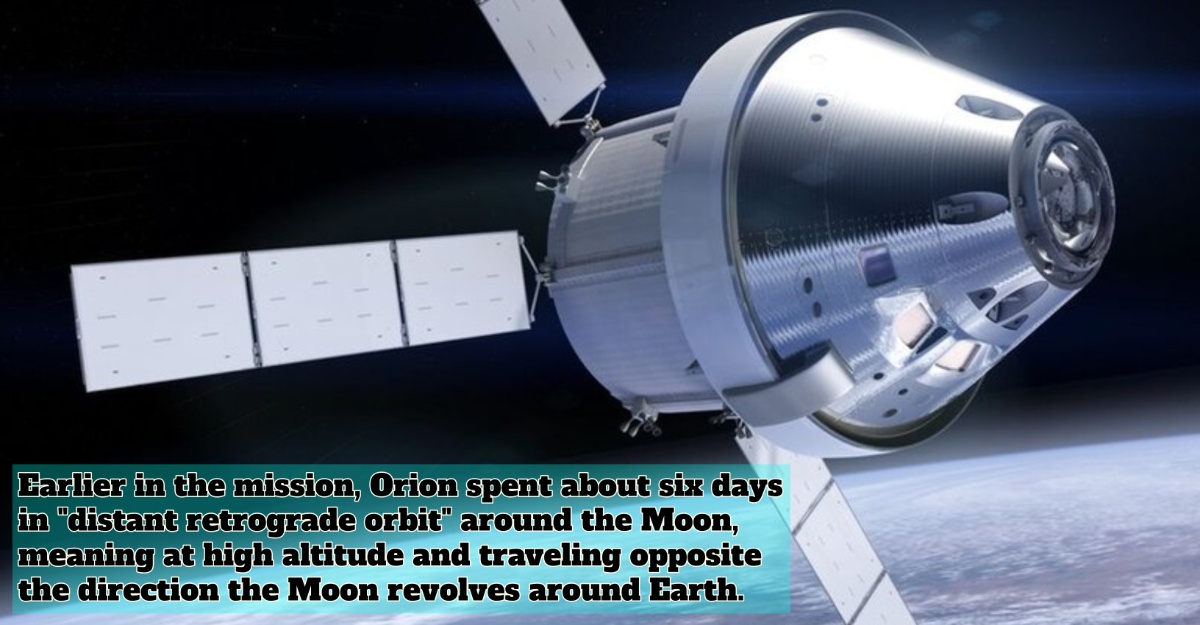
Leave a Comment